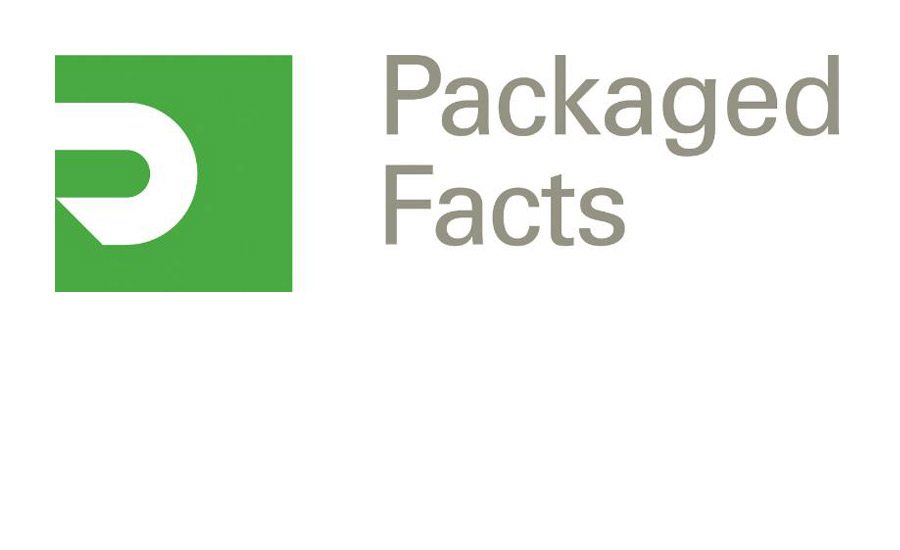The majority of U.S. consumers take note of the nutritional content and/or ingredients in the groceries they buy, according to market research publisher Packaged Facts in the report Gluten-Free Foods in the U.S., 5th Edition. Reflecting a trend that has consumers increasingly rejecting artificial additives, long ingredients lists, and unpronounceable food ingredients, 55% of the respondents to Packaged Facts' Online Consumer Survey favor packaged groceries with fewer and simpler ingredients.
Among the ingredients more consumers want less of is gluten. Packaged Facts data reveals that 37% of survey respondents say gluten-free/wheat-free is an important factor when they are shopping for food, and for 13% it is very important. In addition, 9% of consumers actively avoid gluten.
In the past three months nearly a quarter of respondents have purchased or used food products labeled as gluten-free. Fully 25% of these consumers cite the superior healthfulness of gluten-free foods as one of their primary reasons for doing so.
The perceived healthfulness of gluten-free foods has been a particularly strong selling point for gluten-free salty snacks—especially tortilla chips. "Even those who are not gluten-sensitive are attracted to gluten-free salty snacks because they seem to add another check mark to the list of perceived requirements for better-for-you salty snacks," notes David Sprinkle, research director, Packaged Facts. By product segment, salty snacks lead gluten-free sales by an overwhelming margin, with its 61% share dwarfing that of crackers in the number-two spot with 16% and third-place pasta with less than 7% share.
In Gluten-Free Foods in the U.S., 5th Edition, Packaged Facts' analysis focuses on traditionally grain-based products in the following categories: Salty Snacks, Crackers, Pasta, Bread, Cold (ready-to-eat) Cereal, Cookies, Baking Mixes, Frozen Bread/Dough, and Flour.
No Gluten? No Problem Say U.S. Consumers
Consumers increasingly reject artificial additives, long ingredients lists, and unpronounceable food ingredients
